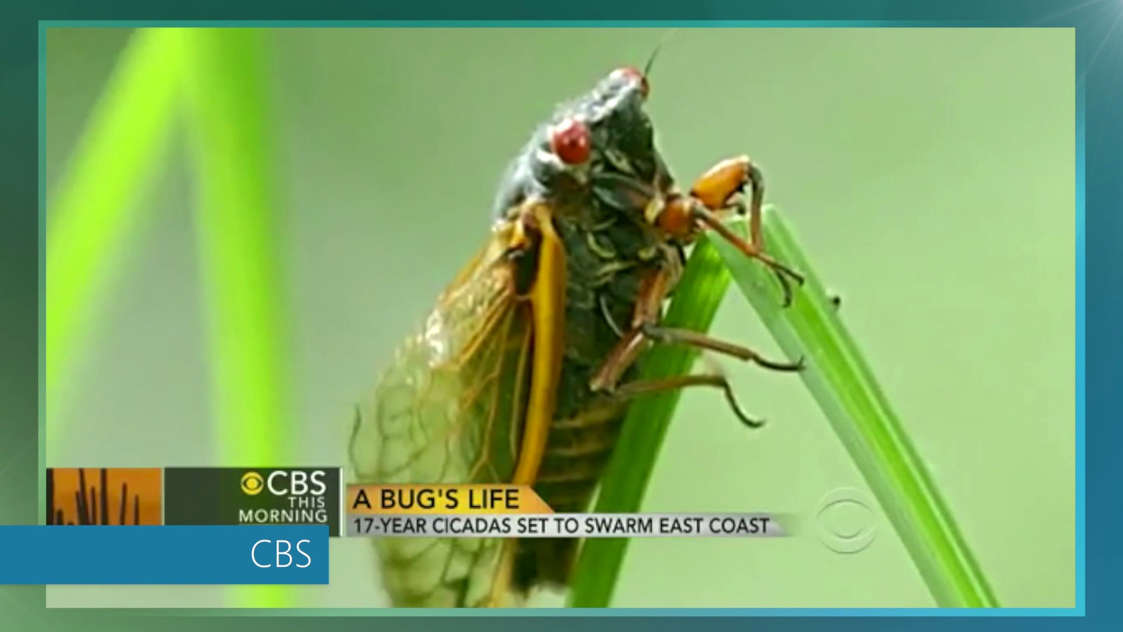CHICAGO, May 13 (Reuters) - The Trump administration, aiming to tighten rules for federal food benefits, has appealed a federal judge's ruling that temporarily enabled hundreds of thousands of people to maintain food stamp benefits during the coronavirus pandemic, according to court documents.
The Supplemental Nutrition Assistance Program, known as SNAP, provides free food to 36 million Americans. During the pandemic, millions of U.S. residents have lost jobs, and thousands have waited in lines at food banks.
Last year, Congress blocked a Trump administration-backed effort to tighten the rules through the Farm Bill. Since then, the administration has tried changing rules at the U.S. Department of Agriculture, which administers the program.
Critics said the appeal will hurt poor Americans, noting that last month the U.S. economy lost 20.5 million jobs, the steepest plunge in payrolls since the Great Depression.
Bing COVID-19 tracker: Latest numbers by country and state
"The lines at food banks have never been longer," said U.S. Representative Marcia Fudge, an Ohio Democrat. "And by any reputable account the worst is yet to come."
The USDA announced the rule in December and President Donald Trump said at the time many Americans receiving food stamps do not need them given the strong economy and low unemployment. The rule, set to take effect on April 1, limits each state's ability to waive work mandates, effectively requiring more food stamp recipients to work.
In March, Chief Judge Beryl Howell of the U.S. District Court in Washington, D.C., granted a preliminary injunction and a stay on part of the rule, noting food needs during the pandemic.
"As a global pandemic poses widespread health risks, guaranteeing that government officials at both the federal and state levels have flexibility to address the nutritional needs of residents and ensure their well-being through programs like SNAP, is essential," Howell wrote in her March 13 opinion.
USDA filed a notice on Tuesday saying it would appeal the order, according to court documents.
In an email to Reuters, USDA said it has been "extremely aggressive" to ensure food needs are met during the pandemic.
"While we’re currently in a very challenging environment, we do not expect this to last forever," the agency said, adding "we must prepare our workforce to rejoin the economy when our nation reopens."
U.S. law generally limits how long adults without disabilities or dependents can receive food stamps, unless they meet work requirements. States can apply for limit waivers due to tough economic conditions. Counties with unemployment rates as low as 2.5% have been included in waived areas. (Additional reporting by Tom Polansek in Chicago; Editing by David Gregorio)
The Supplemental Nutrition Assistance Program, known as SNAP, provides free food to 36 million Americans. During the pandemic, millions of U.S. residents have lost jobs, and thousands have waited in lines at food banks.
Last year, Congress blocked a Trump administration-backed effort to tighten the rules through the Farm Bill. Since then, the administration has tried changing rules at the U.S. Department of Agriculture, which administers the program.
Critics said the appeal will hurt poor Americans, noting that last month the U.S. economy lost 20.5 million jobs, the steepest plunge in payrolls since the Great Depression.
Bing COVID-19 tracker: Latest numbers by country and state
"The lines at food banks have never been longer," said U.S. Representative Marcia Fudge, an Ohio Democrat. "And by any reputable account the worst is yet to come."
The USDA announced the rule in December and President Donald Trump said at the time many Americans receiving food stamps do not need them given the strong economy and low unemployment. The rule, set to take effect on April 1, limits each state's ability to waive work mandates, effectively requiring more food stamp recipients to work.
In March, Chief Judge Beryl Howell of the U.S. District Court in Washington, D.C., granted a preliminary injunction and a stay on part of the rule, noting food needs during the pandemic.
"As a global pandemic poses widespread health risks, guaranteeing that government officials at both the federal and state levels have flexibility to address the nutritional needs of residents and ensure their well-being through programs like SNAP, is essential," Howell wrote in her March 13 opinion.
USDA filed a notice on Tuesday saying it would appeal the order, according to court documents.
In an email to Reuters, USDA said it has been "extremely aggressive" to ensure food needs are met during the pandemic.
"While we’re currently in a very challenging environment, we do not expect this to last forever," the agency said, adding "we must prepare our workforce to rejoin the economy when our nation reopens."
U.S. law generally limits how long adults without disabilities or dependents can receive food stamps, unless they meet work requirements. States can apply for limit waivers due to tough economic conditions. Counties with unemployment rates as low as 2.5% have been included in waived areas. (Additional reporting by Tom Polansek in Chicago; Editing by David Gregorio)





/cdn.vox-cdn.com/uploads/chorus_image/image/54323729/Pasted_image_at_2017_04_18_03_43_PM.0.png)







